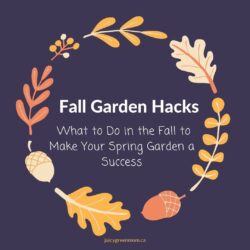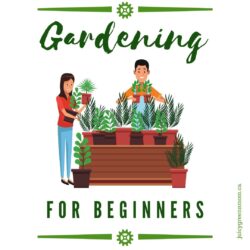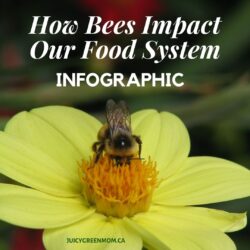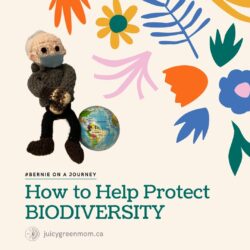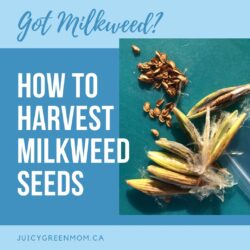What’s the Buzz About Bees?
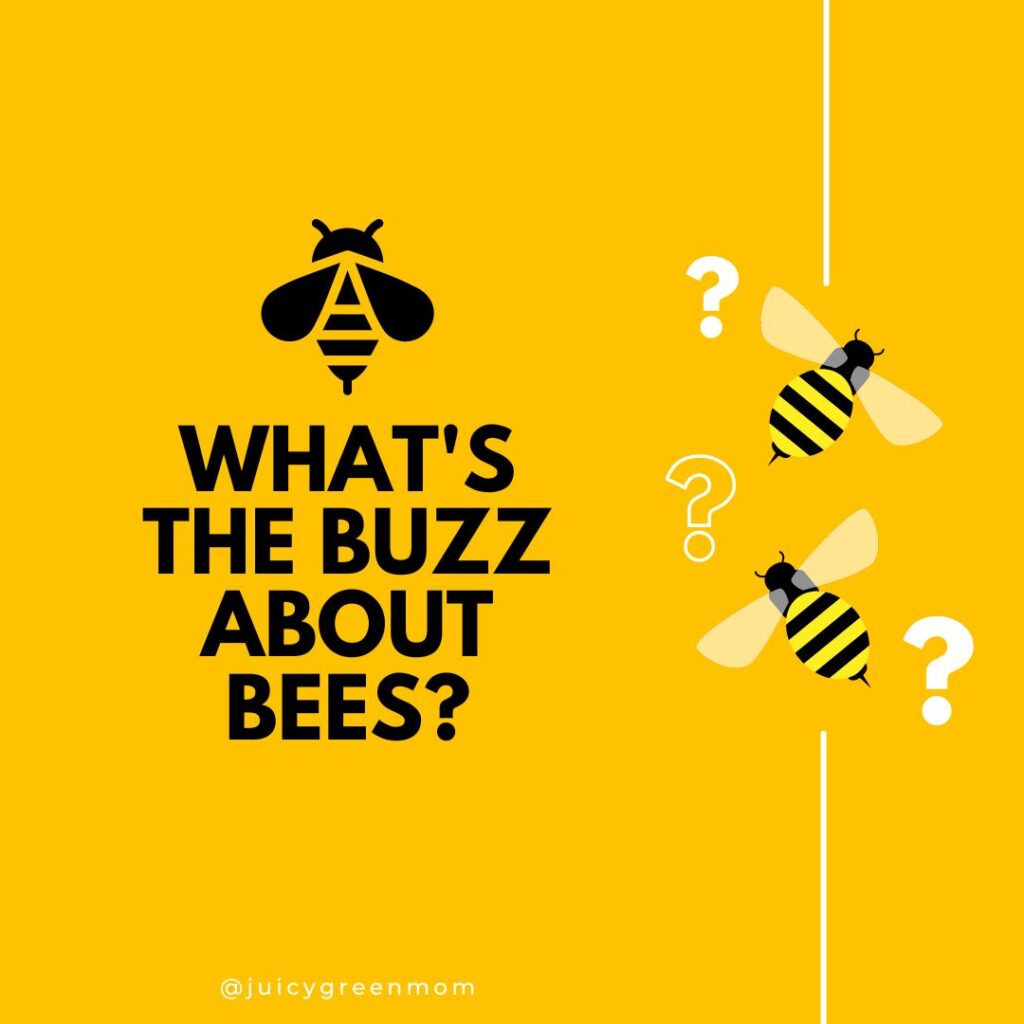
You’ve probably heard about how climate change and the use of pesticides have negatively affected bee populations. But why are people so concerned about this?
If you didn’t know already, bees are important pollinators for about 1/3 of the world’s food crops! (Check out the infographic here.) So they play a very important role in the food system for humans. We need bees in order to feed people! Can you imagine living in a world without strawberries, apples, tomatoes, or beans?
Chemical pesticides like neonicotinoids are extremely toxic to pollinators, which greatly reduces their populations. This post explains more about this problem.
Pollinators don’t just include bees, other species like flies, beetles, ants, moths, wasps, butterflies, bats, birds and hummingbirds are also in the pollinator category.
Why are bees negatively impacted by climate change?
Because climate change effects include things like warmer temperatures, more droughts, less snow cover, and less predictable frost, these can all impact when plants flower, which in turn impacts bees’ food sources. If flowers bloom too early before the bee species that feed on their pollen emerge, then those flowers don’t get pollinated properly. If the flowers bloom too late, then those bee species don’t have enough food to survive.
Want to know more about bees?
There are more than 20,000 species in the world! Honeybees are just one type of bee originating from Europe. There are many native bee species in your region that are adapted to feed on native flowering plants.
Check out this great little video about bees, and the problems affecting bee populations.
Curious about what bees are in your neighbourhood?
Pollinator Partnership has guides you can download for your region so you can find out!
What can you do to help the bees?
Create a Butterflyway – or Pollinator-friendly habitat in your garden! Planting native flowering plants is essential, as well as ensuring you have plants that bloom at different times throughout the growing season. Biodiversity practices in your garden will also help!
Not sure what to put in your garden? Pollinator Partnership Canada has guides for your region so you can find out what plants will be the most beneficial for pollinators. Or, search for your area with your postal code using their search tool! For the United States, you can use the tools on the Pollinator Parternship.org site.
Take the Pollinator Protection Pledge with Bee City Canada here! Your school, business, or city can also apply for Bee City or Bee School designation!
You can also join Pollinator Partnership Canada or Pollinator Partnership.org to take action and find resources about how to support bees and other pollinators. You can even download a sign that you can put in your yard to educate passersby about why you’re planting your garden to support pollinators!

